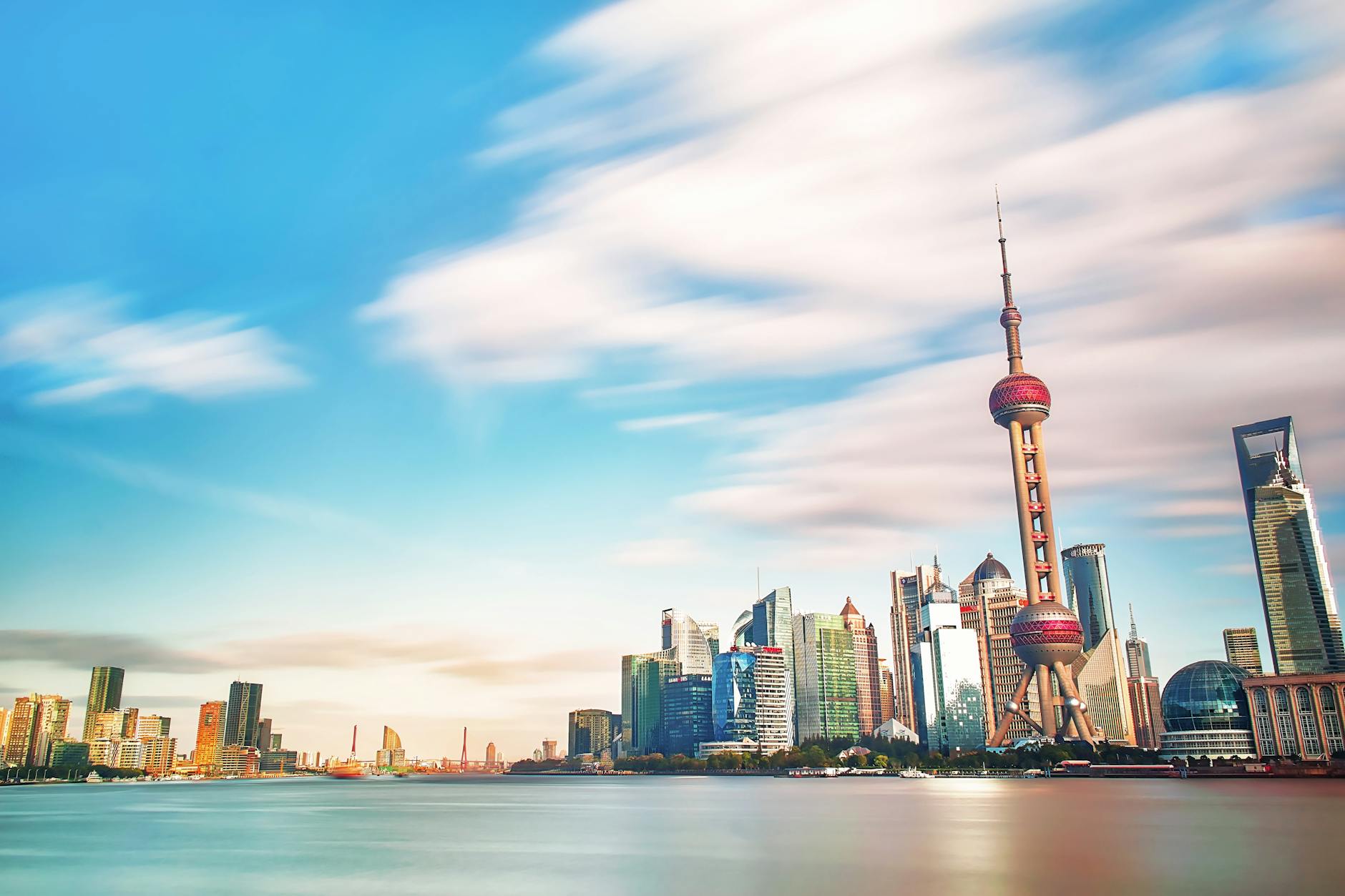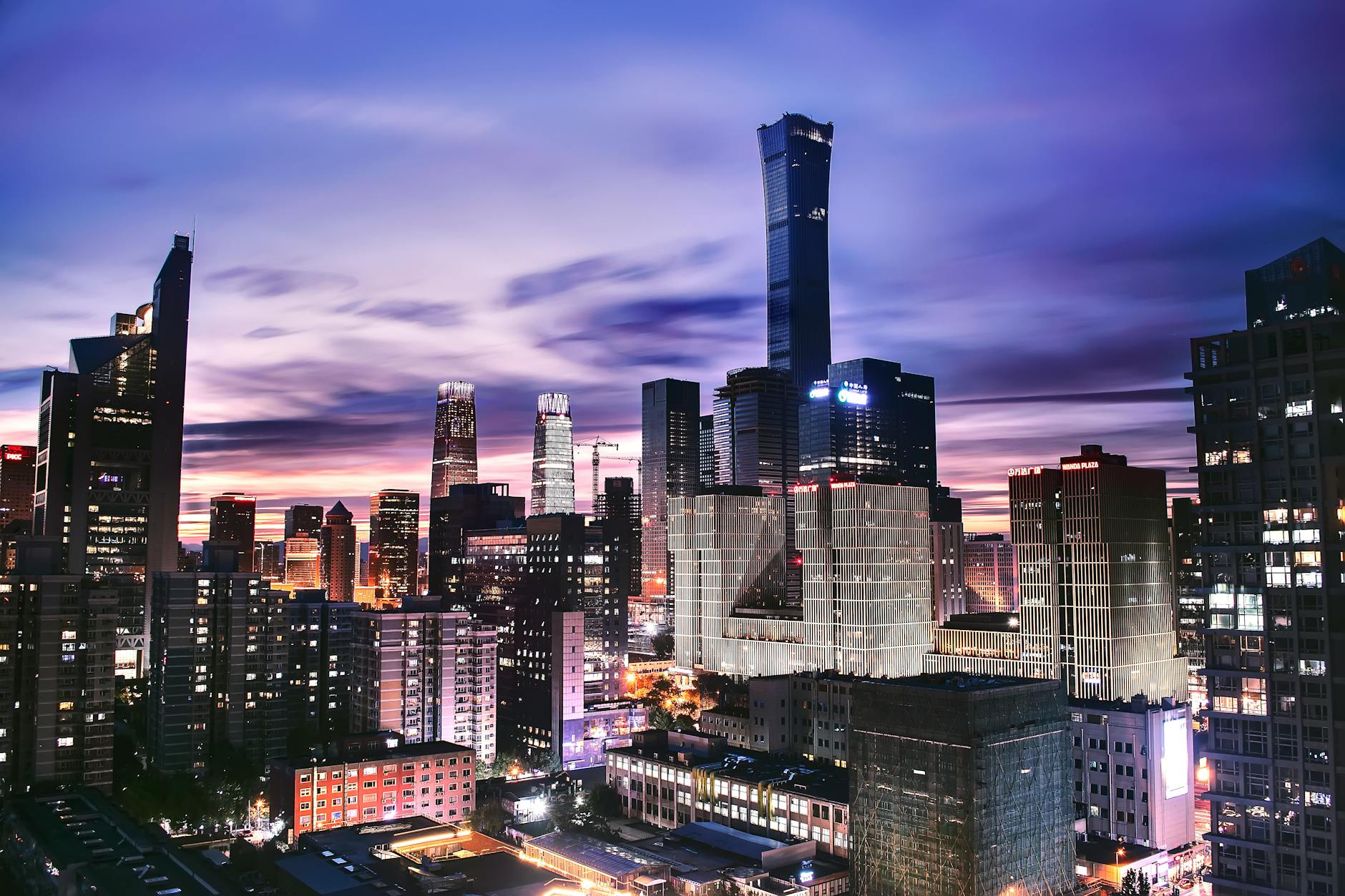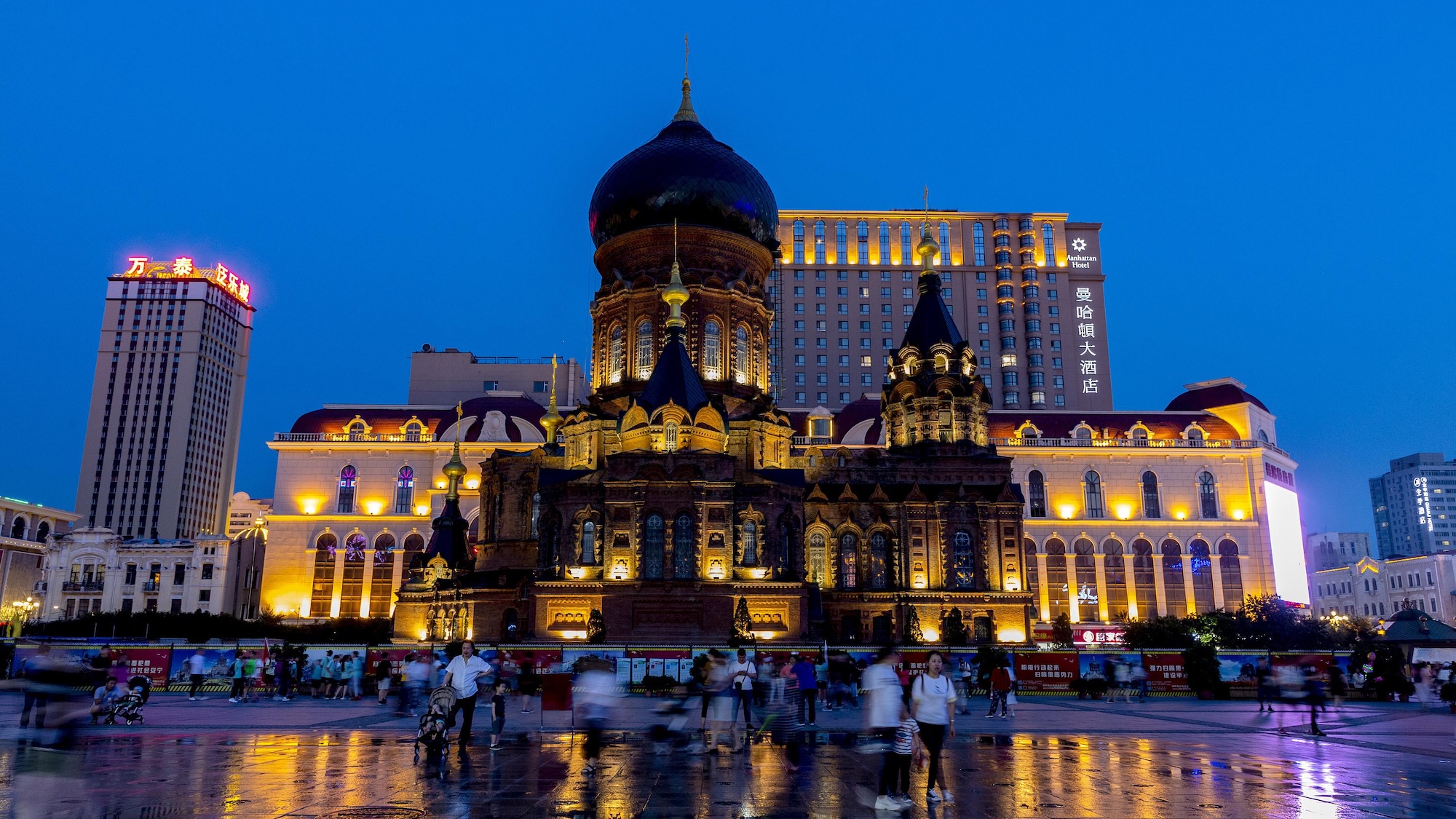Shanghai, China’s largest city, is a vibrant metropolis where East meets West. Known for its futuristic skyline, historic neighborhoods, and rich cultural heritage, Shanghai is a must-visit destination. Here’s a comprehensive guide to help you explore the city:
1. History and Culture
Shanghai has a unique history as a global trading hub and a melting pot of cultures.
- Historical Significance: Shanghai grew from a small fishing village into a major port city during the 19th and 20th centuries. It was a center for international trade and finance, with influences from Britain, France, and the United States.
- Cultural Highlights: Shanghai is known for its blend of traditional Chinese culture and modern cosmopolitanism. The city is famous for its art deco architecture, traditional gardens, and vibrant arts scene.
2. Landmarks and Attractions
Shanghai offers a mix of historic sites, modern landmarks, and cultural experiences.
Top Attractions:
- The Bund: A waterfront area with stunning views of colonial-era buildings and the modern skyline of Pudong.
- Oriental Pearl Tower: An iconic TV tower in Pudong offering observation decks and a revolving restaurant.
- Shanghai Tower: The tallest building in China, with a breathtaking observation deck.
- Yu Garden: A classical Chinese garden with beautiful pavilions, ponds, and rock formations.
- Nanjing Road: One of the world’s busiest shopping streets, offering everything from luxury brands to local souvenirs.
- Jade Buddha Temple: A serene Buddhist temple housing two exquisite jade Buddha statues.
Hidden Gems:
- Tianzifang: A labyrinth of narrow alleys filled with art galleries, cafes, and boutique shops.
- French Concession: A historic area with tree-lined streets, colonial architecture, and trendy restaurants.
- Zhujiajiao Water Town: A picturesque ancient water town located just outside Shanghai, perfect for a day trip.
3. Food and Dining
Shanghai’s culinary scene is diverse, offering everything from street food to fine dining.
Must-Try Dishes:
- Xiaolongbao (Soup Dumplings): Delicate dumplings filled with broth and meat, best enjoyed at Din Tai Fung or Jia Jia Tang Bao.
- Shengjianbao (Pan-Fried Dumplings): Crispy-bottomed dumplings filled with pork and soup.
- Shanghai Noodles: Thick noodles served with a variety of toppings, such as fried pork or vegetables.
- Hairy Crab: A seasonal delicacy, typically available in autumn.
- Cong You Bing (Scallion Pancakes): Flaky, savory pancakes made with scallions.
Where to Eat:
- Yuyuan Bazaar: A bustling area near Yu Garden, offering a variety of street food and traditional snacks.
- Xintiandi: A stylish dining and entertainment district with a mix of Chinese and international restaurants.
- Wujiang Road: A food street known for its local snacks and casual eateries.
4. Transportation
Shanghai has an efficient and extensive public transportation system.
Getting Around:
- Subway: The Shanghai Metro is one of the largest in the world, with signs and announcements in both Chinese and English.
- Buses: Affordable but can be crowded. Use apps like Baidu Maps for routes.
- Taxis: Readily available and relatively inexpensive. Have your destination written in Chinese to show the driver.
- Biking: Rent a bike or use shared bike services like Mobike or Ofo to explore the city.
From the Airport:
- Shanghai Pudong International Airport (PVG): Take the Maglev train to Longyang Road Station (about 8 minutes), then transfer to the subway.
- Shanghai Hongqiao International Airport (SHA): Connected to the city center by subway and taxi.
5. Practical Tips for Travelers
Visa Requirements:
- Most foreign travelers need a visa to enter China. Apply at your nearest Chinese embassy or consulate. Ensure your passport is valid for at least six months.
- Consider applying for a 10-year multiple-entry visa if you plan to visit China frequently.
Local Customs:
- Greetings: A simple nod or handshake is acceptable. Avoid overly physical greetings.
- Dining Etiquette: Don’t stick chopsticks upright in rice (it resembles funeral rituals). Try to taste all dishes offered.
- Tipping: Tipping is not customary in China, except in high-end hotels or tour guides.
Language Tips:
- Learn a few basic Mandarin phrases:
- Hello: 你好 (Nǐ hǎo)
- Thank you: 谢谢 (Xièxie)
- How much?: 多少钱?(Duōshǎo qián?)
- Where is…?: …在哪里?(…zài nǎlǐ?)
- Use translation apps like Google Translate or Pleco for communication.
Health and Safety:
- Air Quality: Check the AQI (Air Quality Index) and wear a mask if necessary.
- Tap Water: Avoid drinking tap water; stick to bottled water.
- Emergency Numbers:
- Police: 110
- Ambulance: 120
- Fire: 119
Money and Payments:
- The currency is the Chinese Yuan (CNY). ATMs are widely available.
- Mobile payments (WeChat Pay and Alipay) are dominant. Carry some cash for smaller vendors.
6. Suggested Itinerary
3-Day Shanghai Itinerary:
- Day 1: The Bund → Nanjing Road → Yu Garden → Yuyuan Bazaar.
- Day 2: Oriental Pearl Tower → Shanghai Tower → Tianzifang → French Concession.
- Day 3: Jade Buddha Temple → Zhujiajiao Water Town → Xintiandi for dinner.
7. Final Tips
- Best Time to Visit: Spring (April-May) and autumn (September-October) offer pleasant weather.
- Dress Code: Dress modestly when visiting religious sites. Comfortable shoes are a must for walking.
- Connectivity: Purchase a local SIM card or use a VPN to access restricted websites like Google and Facebook.
Shanghai is a city that offers something for everyone, from history buffs to foodies. With this guide, you’re ready to explore the wonders of China’s most cosmopolitan city! Safe travels!










